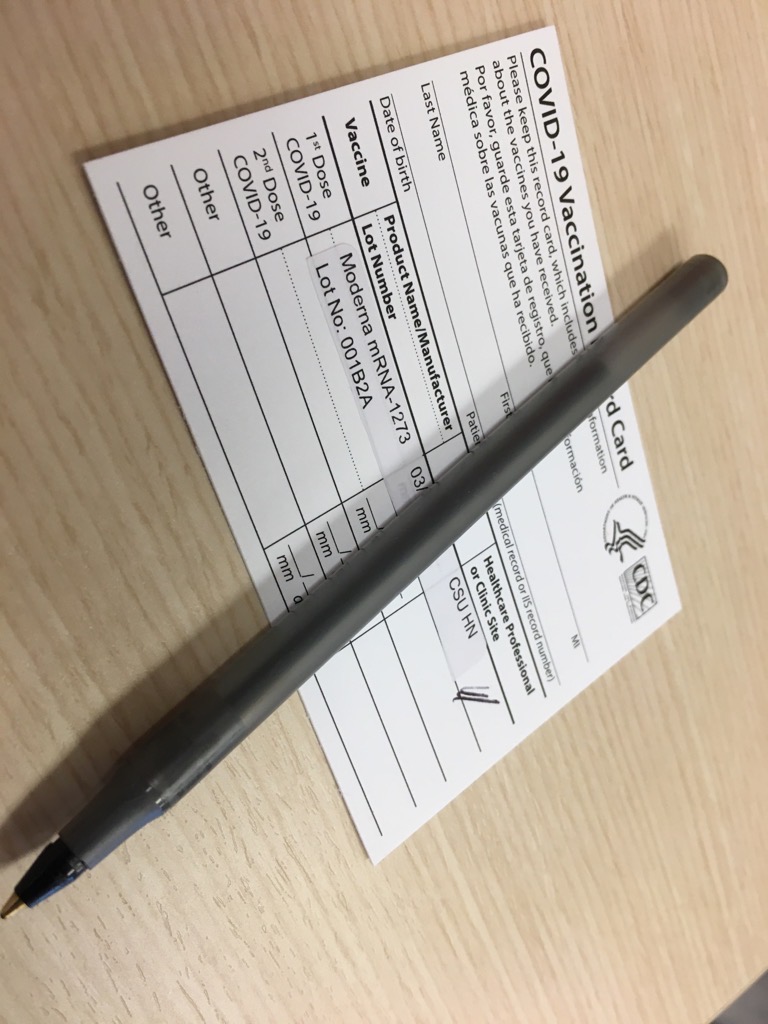Understanding Rubeola: Its Place on Vaccine Paperwork

In the complex world of vaccinations, understanding the different diseases and their abbreviations can be overwhelming, especially for new parents or anyone looking to keep their vaccine records up to date. One such entry often seen on vaccine schedules is Rubeola. This post aims to demystify Rubeola, its implications on vaccine paperwork, and its significance in public health.
What is Rubeola?

Rubeola, commonly known as measles, is a highly infectious viral disease characterized by a distinctive rash and fever. This illness is caused by the measles virus and is particularly dangerous because of its potential complications, which can be severe or even life-threatening.
Here are some key points about Rubeola:
- Transmission: Spread through respiratory droplets when an infected person coughs or sneezes, or by contact with infected surfaces.
- Symptoms: Fever, cough, runny nose, red watery eyes, white spots in the mouth (Koplik spots), and a rash that starts on the face and neck, spreading downwards.
- Incubation period: 10-14 days after exposure.
- Complications: Can include ear infections, diarrhea, pneumonia, encephalitis, and death, particularly in children under 5 and adults over 20.

Vaccination Against Rubeola

The primary defense against Rubeola is vaccination, commonly administered as part of the MMR vaccine (measles, mumps, and rubella). Here’s what you need to know:
- Vaccine Schedule: Typically given in two doses, the first at 12-15 months of age, and the second at 4-6 years.
- Efficacy: Highly effective, with one dose providing about 93% protection and two doses providing about 97%.
- Importance: Necessary to prevent outbreaks and protect vulnerable populations like infants and immunocompromised individuals.
Rubeola on Vaccine Records

When you look at vaccine paperwork, you’ll often find Rubeola listed either under MMR or as a separate entry. Here’s how it appears:
| Vaccine Record | Details |
|---|---|
| MMR | Contains Measles (Rubeola), Mumps, Rubella |
| Rubeola | If listed separately, it indicates a monovalent measles vaccine or a booster for measles. |

Why Rubeola Matters in Public Health

Understanding and tracking Rubeola vaccination is critical for several reasons:
- Global Efforts: Measles elimination is part of global health goals due to its preventable nature and high morbidity and mortality rates.
- Outbreak Prevention: High vaccination rates are necessary to maintain herd immunity, preventing outbreaks.
- Vulnerable Populations: Protecting those who cannot get vaccinated due to medical reasons or age.
🔍 Note: For individuals traveling to regions where measles is common, check if boosters are necessary or if your vaccine records are up to date.
In summary, Rubeola, or measles, plays a crucial role in vaccine documentation because it underscores public health efforts to control infectious diseases. Vaccinating against measles not only protects the individual but also contributes to community immunity, reducing the spread of this potentially deadly illness. Ensuring proper documentation and adherence to vaccination schedules is paramount in preventing outbreaks and safeguarding public health.
Can you get measles if you’ve been vaccinated?

+
While the MMR vaccine is highly effective, there is still a very small chance of contracting measles due to the vaccine not providing immunity to everyone. However, most cases are breakthrough infections, occurring in individuals who might have an immune system that responds less effectively to the vaccine.
Is the MMR vaccine safe?

+
Yes, the MMR vaccine is considered very safe. Numerous studies have shown that the vaccine does not cause autism or any other long-term harm. The side effects are usually mild and can include fever, mild rash, or swelling at the injection site.
How do I know if I’m immune to measles?

+
If you’ve had the MMR vaccine or have had measles in the past, you are considered immune. You can check your immunity through a blood test that measures measles antibodies, or by reviewing your vaccination records.



